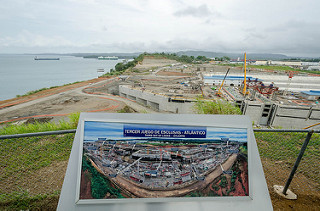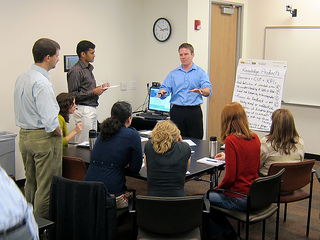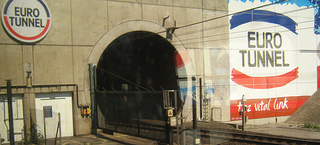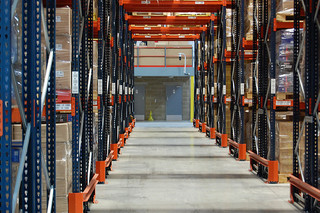How the Panama Canal Expansion Affects American Ports

The Panama Canal recently expanded its locks to accommodate larger cargo ships. This has had a major impact on ports in the United States because they’ll need to unload cargo ships more quickly and to accommodate larger ships. To prepare, American ports are spending money on upgrades.
This article is for Premium Members only. Please login below to read the rest of this article.
Not a Premium Member yet? Join today.
[login_form redirect=’https://www.procurementbulletin.com/how-the-panama-canal-expansion-affects-american-ports’]
[show_to accesslevel=’Premium Members’]
The Panama Canal Expansion Project
The Panama Canal opened in 1914, but the 2016 expansion was the first major change to the canal over its 102-year life. The expansion cost approximately $5.4 billion and took 10 years to complete. The canal now has new locks that allow ships carrying up to 14,000 containers to pass between the Atlantic and Pacific oceans.
The expansion project nearly triples the ship capacity of the canal. This means increased revenue for Panama and faster shipping for companies around the world. The expanded Panama Canal is particularly useful for East Coast ports.
The United States Ambassador to Panama, John Feeley, said, “This is a grand accomplishment for the people of Panama… This expansion will reconfigure, permanently, the map of the global shipping industry.” Panama oversaw the expansion project, as the United States hasn’t controlled the waterway since 1999, when it ceded the canal to Panama.
East Coast Ports Anticipate an Increase in Freight Traffic
In a race to accommodate larger cargo ships, the United States has been investing billions to expand shipping facilities. However, many East Coast ports aren’t ready for larger ships, which hurts their ability to compete. East Coast ports originally aimed to accept mass cargo levels from Asia, such as televisions and tennis shoes, but that may not happen for some time. For instance, large cargo ships won’t fit beneath the Bayonne Bridge outside New Jersey and New York, and the harbor in Charleston, South Carolina, is too shallow. That means many American ports won’t yet see the benefits of the expanded Panama Canal.
West Coast ports have experienced significant trouble in recent years due to unresolved labor disputes, so freight traffic had already begun to shift to East Coast ports. Drewry Maritime Research showed that containers from Asia to East Coast ports increased significantly from 2012 to 2015 because of the difficulty resulting from disputes on the West Coast. Experts predict the Panama Canal expansion will continue to push cargo to the East Coast.
American Ports Need to Invest in More Infrastructure Expansion
The Panama Canal Expansion Project has exposed several American infrastructure problems. Some ports have delayed their expansions because of the uncertain global economy, and others anticipate that increased profits won’t justify the cost of expansion. Transportation infrastructure throughout the United States is in serious need of expansion, and the ports are a good place to start.
Companies around the world are looking at the Panama Canal as a new route for shipping goods. However, many companies will choose not to alter their current distribution routes because of poor infrastructure in the United States. As American ports expand to accommodate larger cargo ships, companies will need to reassess their supply chain costs.[/show_to]









